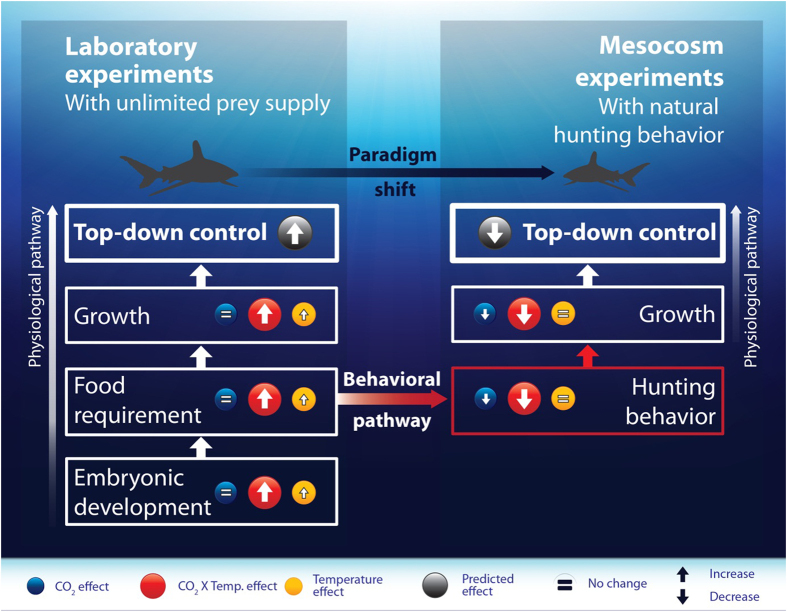Figure 3. Conceptual diagram showing the individual and interactive effects of elevated temperature and CO2 on the physiology (development rate, food consumption rate, and growth rate) and behaviour (hunting for prey through olfaction) of sharks, based on the results of our long-term laboratory and mesocosm experiments.
Arrows within circles show whether the respective factors increase, decrease, or remain the same. Left-hand panel shows results that support the current predicted increase in energetic demands by predators leading to a potential increase of top-down control on food-webs. Right-hand panel shows our suggested paradigm shift linked to a negative effect of CO2 on olfaction-driven predation. CO2 leads to a reduced effectiveness in finding prey, leading to reduced growth, and therefore negates the predicted increase in top-down control based on elevated temperature alone. Artwork by T. Rossi.

